I am curious if you have some tips on colour-brewing in R, for many distinctive colours, in a way that the graph is still good-looking.
I need a fair amount of distinctive colours (24 at least, probably will need even more, ~50) for stacked area plots (so not heatmaps, gradual colours would not work). I came across viridis, that has really pretty palettes, which also work for colourblind people. Unfortunatelly those do not have enough colours to still be distinguishable on my plots.
I looked into other packages/palettes too, after spending some time on google (this post was particularly cool: How to generate a number of most distinctive colors in R?), but did not find anything that had enough colours AND still looked good.
How do you make a graph good looking when 24+ colours are needed?

